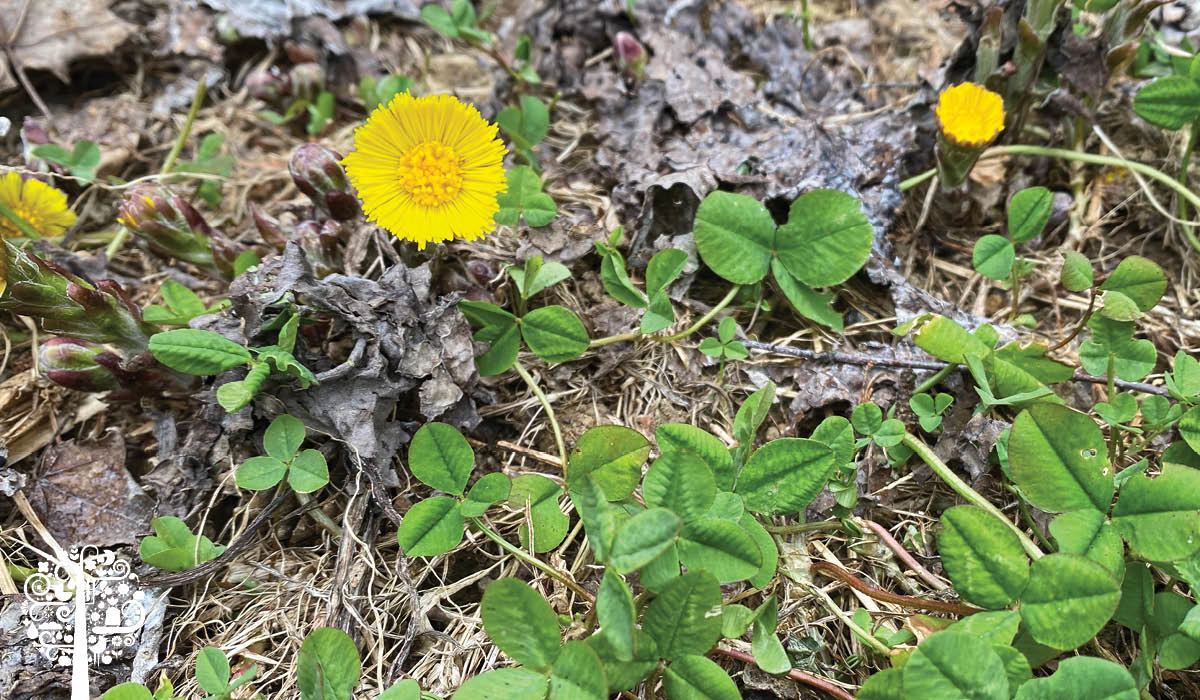Protecting Pollinators With The Dandelion Challenge
There’s plenty to worry about when it comes to the environment. But the good news is there’s always something you can do to make a difference! This month, we’re being encouraged to help our declining pollinator population by joining the dandelion challenge. The concept is simple. Leave your lawnmower in the shed, and let those dandelions grow!
Delightful Dandelions
Municipalities across the province of Quebec are taking part in the dandelion challenge, launched by a beekeeping company last year. Miel et Compagnie is trying to raise awareness about why we need to protect pollinating insects such as bees, wasps, and butterflies; three-quarters of the world’s food crops depend partly on pollination.

You don’t have to live in Quebec to participate; similar initiatives are taking place worldwide. So if you have a lawn, count yourself in, whether it be for only the month of May or all summer long!
Uphill Battle
By allowing dandelions and other flowers to grow in public and private spaces, beneficial insects have access to pollen and nectar. Often considered an undesirable weed, these bright yellow flowers are essential to the survival of bees.
Unfortunately, bees and other pollinators are facing tough times. The Varroa mite is wiping out honey bee populations rapidly. Urban sprawl and perfect putting green lawns are destroying natural insect habitats and creating pollinator deserts, with nothing there to attract them and help them thrive.
In addition to letting dandelions grow, planting eco-lawns with different types of clover can help, and so can seed mixes containing various wildflowers. These eco-friendly options are more expensive than standard seed mixes, but they save on mowing, watering, and fertilizing in the long run. Plus, the benefit to your immediate environment is priceless.
Modern Day Victory Gardens
Along with dandelions, it’s essential to incorporate many pollinator-friendly plants into your landscape. The Pollinator Victory Garden: Win The War On Pollinator Decline With Ecological Gardening, by Kim Eierman, compares today’s need for pollinator gardens to victory gardens during the two world wars.
During the first world war, people planted gardens filled with fruits, vegetables, and herbs across North America, the UK, and Australia to protect food supplies and boost morale. The gardens became the norm in private and public landscapes alike. Victory gardens emerged once again during World War ll and have recently been associated with fighting climate change.

Eierman says the passion and urgency that created those gardens are once again needed today to help save essential pollinators. She says a gardening movement that sees plants pop up in yards and on rooftops, patios, and porches can win the war against pollinator decline. Much like the wartime victory gardens, these pollinator havens can also protect our food supply.
So quit looking at dandelions as nasty weeds and see them for what they truly are; an excellent food source for bees and other pollinating insects! Take pride in protecting them, and let these tiny yellow flowers grow freely on your lawn this month and beyond.




